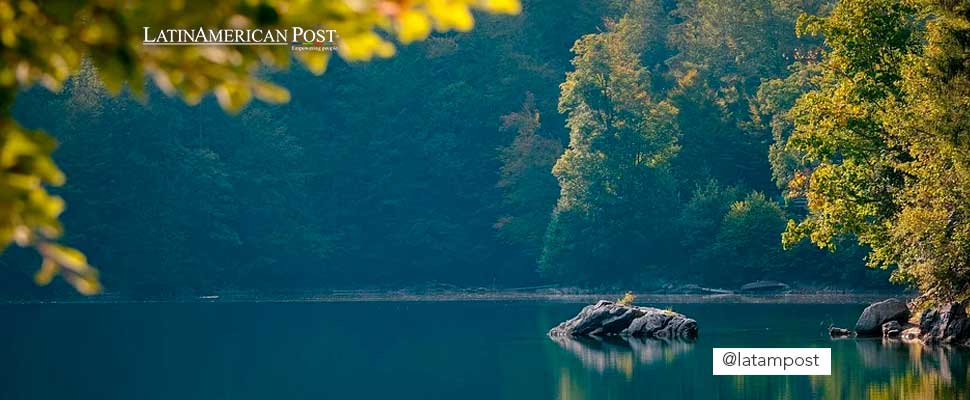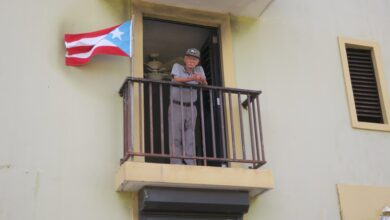How has Central America and the Caribbean Responded to Climate Change?
How can the region learn from countries that are betting on the environment? What initiatives are being developed in Central America and the Caribbean to combat climate change? .

Climate change is a reality and that is why all the countries of the world must begin to make sound decisions to counteract the effects that have already wreaked havoc in different parts of the planet. Photo: Pixabay
LatinAmerican Post | Brandon Martínez Salazar
Listen to this article
Leer en español: ¿Cómo ha respondido Centroamérica y el Caribe al cambio climático?
Climate change is a reality and that is why all the countries of the world must begin to make sound decisions to counteract the effects that have already caused havoc in different parts of the planet, as well as minimize the damage to nature and, in turn, offer them to the next generations a healthy environment where they can live.
You don't have to go far to understand what happened. It is enough to take a look at the Latin American region to understand how close humanity can be to the ecological consequences that are predicted from industrial pollution. However, just as we can see the cases in which climate change has impacted different countries, we must also take note of the nations that are betting on creating sustainability and mitigation strategies.
Also read: Factories to capture carbon: an opportunity to combat climate change
Several countries in Central America and the Caribbean that have already felt the blows of this crisis with floods and hurricanes, such as Guatemala, Honduras and Nicaragua, are a clear example of how devastating an environmental contingency can be if there is no plan. That is why it is important to see how a true decarbonization policy is achieved and how true alternatives are implemented to deal with the problem.
Una nueva publicación recopila experiencias y aprendizajes de la región en el apalancamiento de recursos para financiar inversiones climáticas.
Conoce más y descárgala aquí https://t.co/Uz4fBaKpTA
— nexos+1 (@NexosMasUno) October 6, 2021
What can we learn from the region?
In a recent publication entitled "Mobilization of climate: Experiences and lessons learned from IKI projects in Central America and the Caribbean," the positive results of experiences in the region with respect to climate change and the opportunities that countries such as Costa Rica, Salvador , Guatemala, Grenada, Trinidad and Tobago, among others, was released. Among the good lessons, the power to mobilize funds for the effects produced by the environmental crisis today stands out.
"We are proud to present this publication, which compiles different efforts made by projects financed by the IKI in the Central American and Caribbean region, which allows learning and identifying opportunities to generate and strengthen mechanisms for mobilizing climate finance," he assures Andreas Villar from the German Development Cooperation GIZ.
In this sense, the urgency of the implementation of long-term strategies is highlighted, whose decisions imply political and economic intervention in the development of a sustainable world. So, if you look at neighboring countries, the continent and the world can take reference to apply what is being done there and in the same way achieve the ambitious goals of the Paris Agreement.
Positive cases in Central America and the Caribbean
Countries in this region have been designing different types of initiatives to transform their societies in relation to environmental impact. For example, Costa Rica implemented through the Ecological Corridors project a rate that promotes responsibility for water resources. It is a plan where the public sector joined the private sector to establish an additional charge for the provision of drinking water services. In this way, the Regulatory Authority of Public Services of Costa Rica can voluntarily add an added value in the collection of the service in order to use those funds for the protection of the water resource.
#FinanzasClimáticas
Los fondos recaudados de Tarifa de Protección del Recurso Hídrico de @CrAresep, se utilizarán para financiar medidas de protección del agua en el Pacífico Central costarricense.Lea más aquí:
???????? https://t.co/e4hIdfBYRk
???????? https://t.co/KALJcH4pXM pic.twitter.com/dK2CXq0p8u— GIZ Costa Rica (@gizcr1) October 8, 2021
However, nations such as Belize, Grenada, Jamaica, Saint Lucia, and Trinidad and Tobago have established insurance that protects their livelihoods. This policy aims to provide financial support after an extreme climate disasters. Thanks to this alternative, sectors such as agriculture, fishing and tourism benefit; which are more financially affected when a hurricane or flood occurs.
However, another important practice that has been developed is the 20×20 Initiative, which consists mainly of dealing with the issue of land degradation and which was intended to protect and compose about 20 million hectares by 2020. Meanwhile, this project supported business “match-making” actions that taught impact investors which opportunities they could have in productive sectors related to land restoration.
«Exchanging knowledge and deepening the operation of climate finance becomes more relevant than ever in a context in which our countries require green and feasible solutions to recover economies after the pandemic, while maintaining or increasing ambitions climate and environmental issues ”, Villar concludes, positively highlighting Central America and the Caribbean in terms of climate change and from which we can learn to face the challenges of the future.




